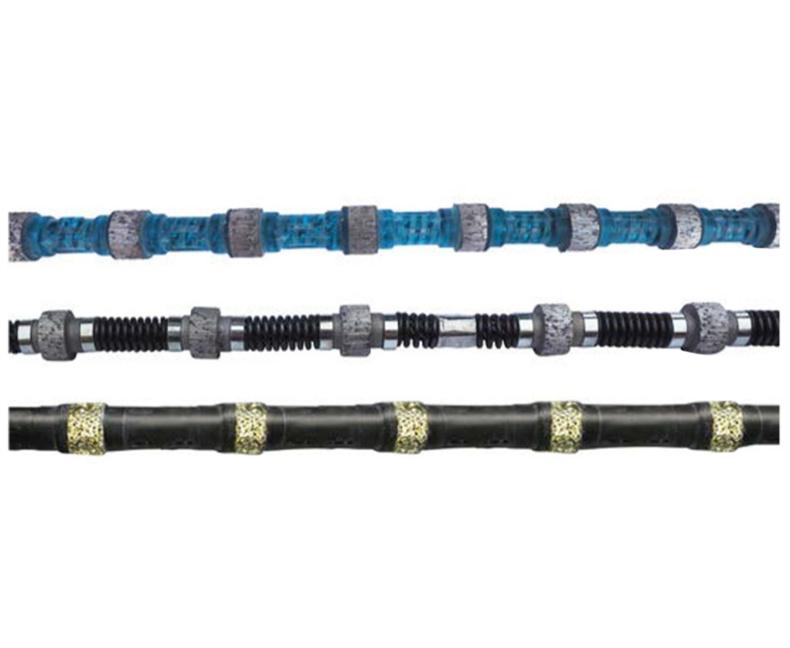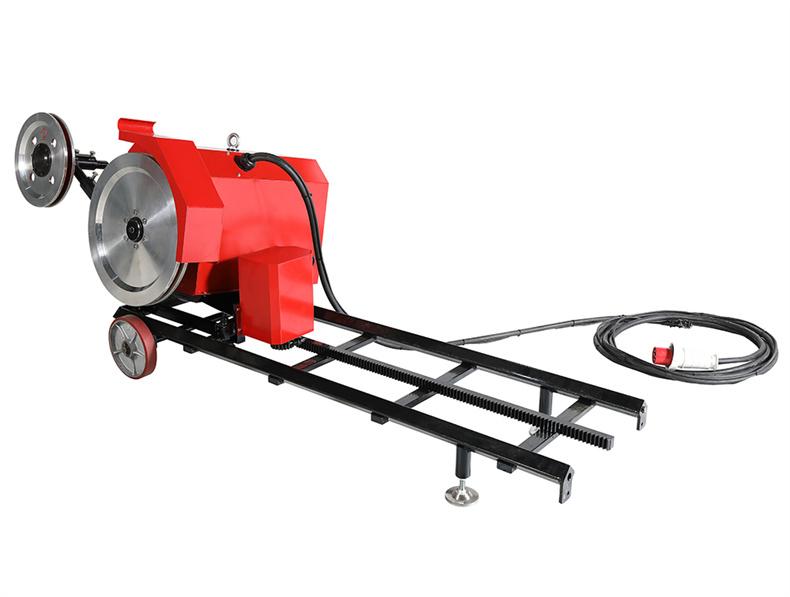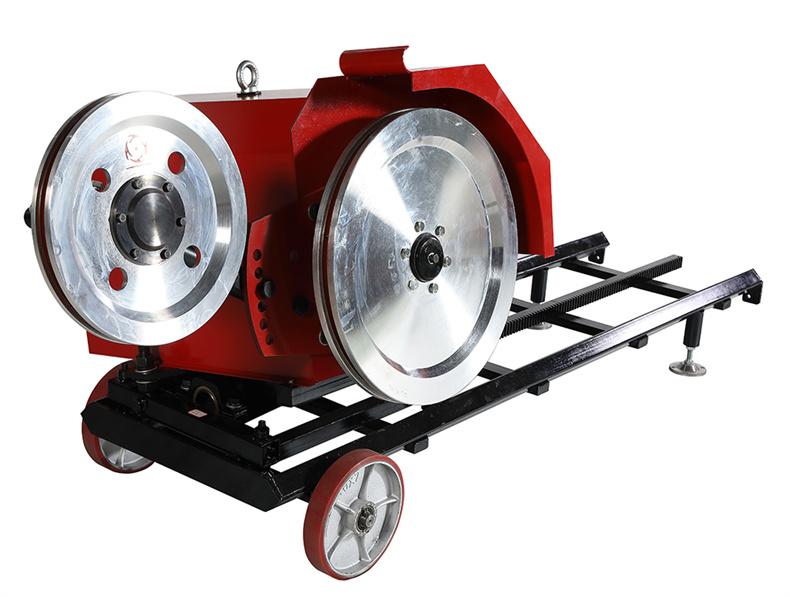Author:Huada Quarrying Machine FROM:Stone quarry machine manufacturer TIME:2025-07-10
Wire saws have gained popularity in various industries due to their versatility and efficiency. Originally developed for stone cutting, these tools have evolved to handle a wide range of materials, including metals. This article explores the capabilities of wire saws in metal cutting—delving into their mechanics, types, applications, advantages, and limitations.

A wire saw consists of a thin wire embedded with an abrasive material, enabling it to cut through hard substances. Its design provides both flexibility and precision, making it ideal for intricate cuts. Most wire saws operate using a continuous loop of wire that moves rapidly, slicing through the material with friction and abrasion. This efficient cutting mechanism allows wire saws to tackle even challenging materials like metal.
Wire saws come in various forms, each suited to specific tasks:
Diamond Wire Saws: These use synthetic diamond abrasives and are the preferred choice for cutting hard metals due to their durability and effectiveness.
Silicon Carbide Wire Saws: While less expensive, these are better suited for softer metals or less demanding applications. They offer a cost-effective option for tasks that do not require the cutting power of diamond abrasives.

Wire saws cut metal through a precise balance of speed, pressure, and abrasive action. When the wire is set in motion, the abrasive particles engage the metal surface, generating heat and friction. This causes micro-fractures, which progressively deepen with each pass. Understanding this interaction is crucial for optimizing cutting performance and prolonging the life of the wire.
Wire saws offer several notable benefits:
Precision: They produce clean, accurate cuts with minimal burrs, reducing the need for post-processing.
Low Material Waste: The narrow kerf means less material is lost during cutting.
Complex Shapes: Wire saws can handle intricate geometries that would challenge traditional saws.
Reduced Mechanical Stress: As a non-impact cutting method, wire sawing minimizes deformation of delicate components.
Wire saws are used in a variety of sectors:
Aerospace: For cutting lightweight, high-strength alloys into precise components that meet rigorous performance standards.
Automotive: To manufacture complex, aesthetic, and functional parts with minimal waste.
Construction and Engineering: For specialized metal components requiring custom shapes and high accuracy.
Semiconductor and Electronics: For slicing ultra-thin metal wafers and delicate conductive materials.
Despite their advantages, wire saws do have limitations:
Cutting Speed: They are generally slower than conventional saws, especially with thick or dense metals.
Initial Cost: Diamond wire saw systems can be costly to acquire and maintain.
Wire Wear: Abrasive wires degrade over time and require periodic replacement, adding to operational costs.

Compared to traditional methods like band or circular saws:
Wire Saws offer superior precision, less material waste, and reduced edge damage.
Traditional Saws may be more suitable for bulk material removal and faster cutting of thicker or less intricate shapes.
The decision between these tools depends on whether the application prioritizes speed or precision.
The future of wire saw technology is promising:
Advanced Abrasives: Ongoing research into new materials may lead to wires with enhanced cutting efficiency and longevity.
Automation & AI: Integrating wire saws into automated systems can improve accuracy, consistency, and throughput.
Sustainability: Innovations are expected to reduce energy use and abrasive waste, aligning with greener manufacturing practices.
Wire saws have become indispensable in modern manufacturing, especially for applications that demand accuracy and minimal material loss. Their unique cutting capabilities make them ideal for industries ranging from aerospace to electronics. While they have some limitations, ongoing advancements in technology are poised to overcome these barriers, making wire saws an even more valuable tool in the future of precision metal cutting.